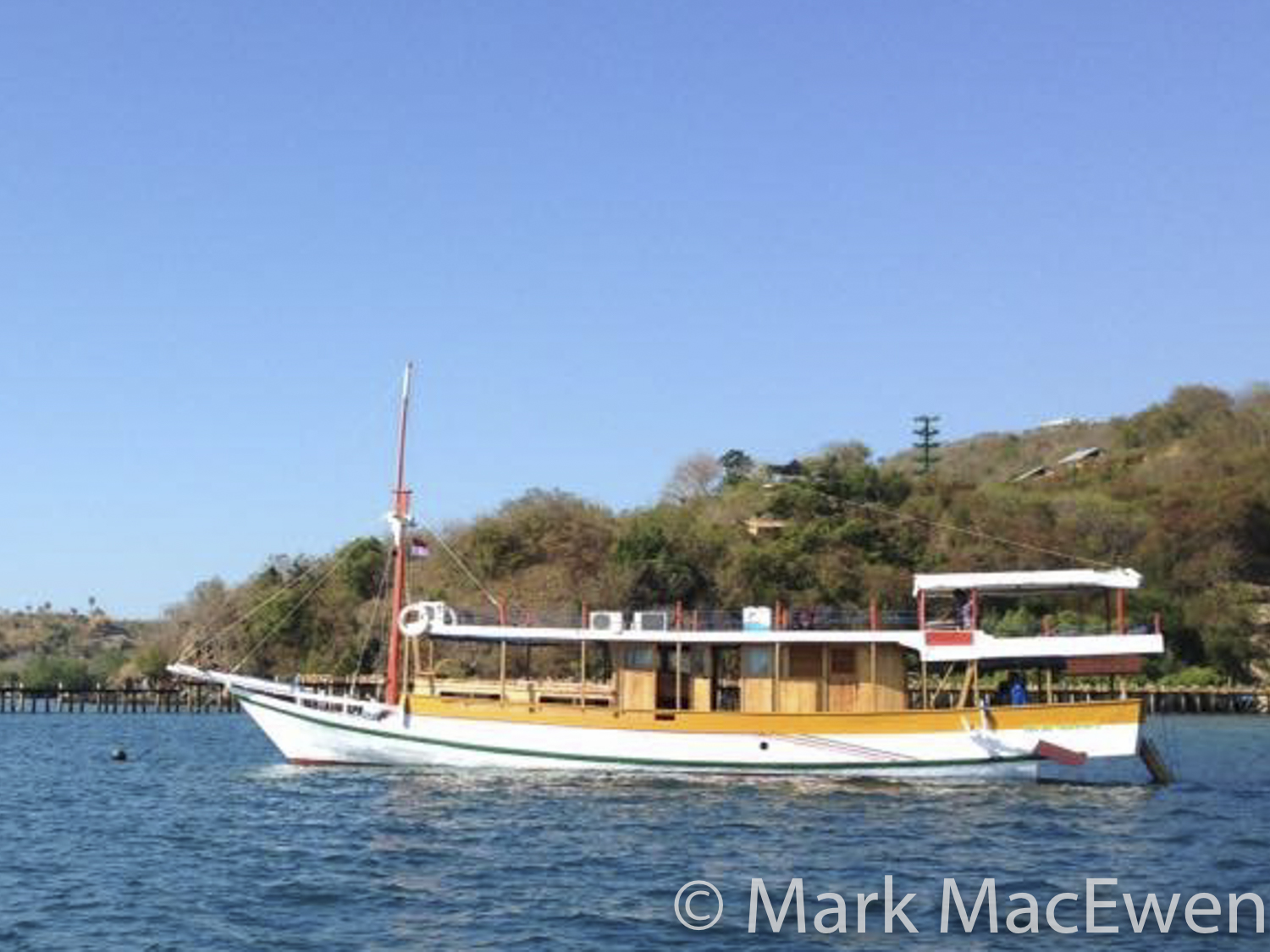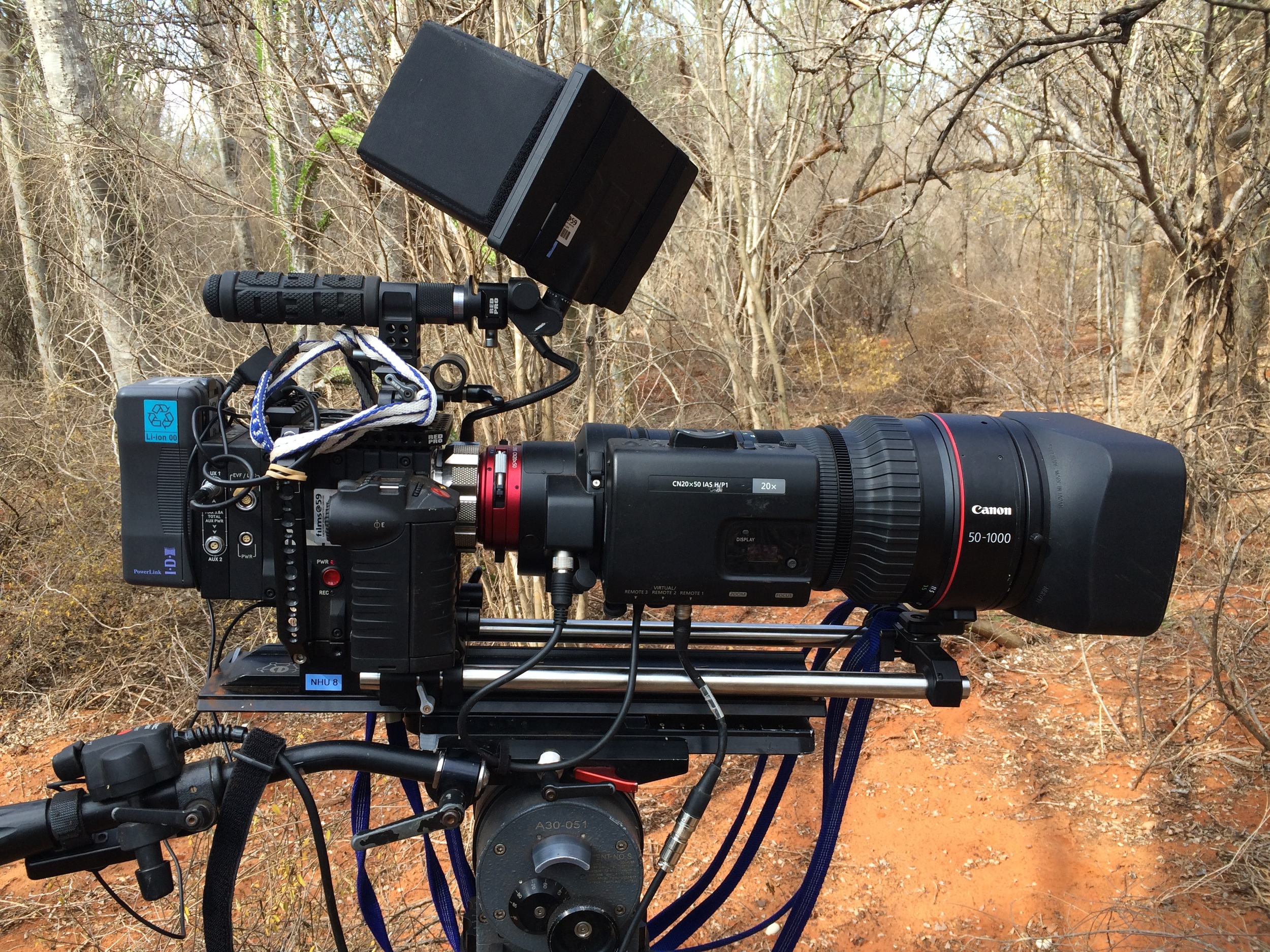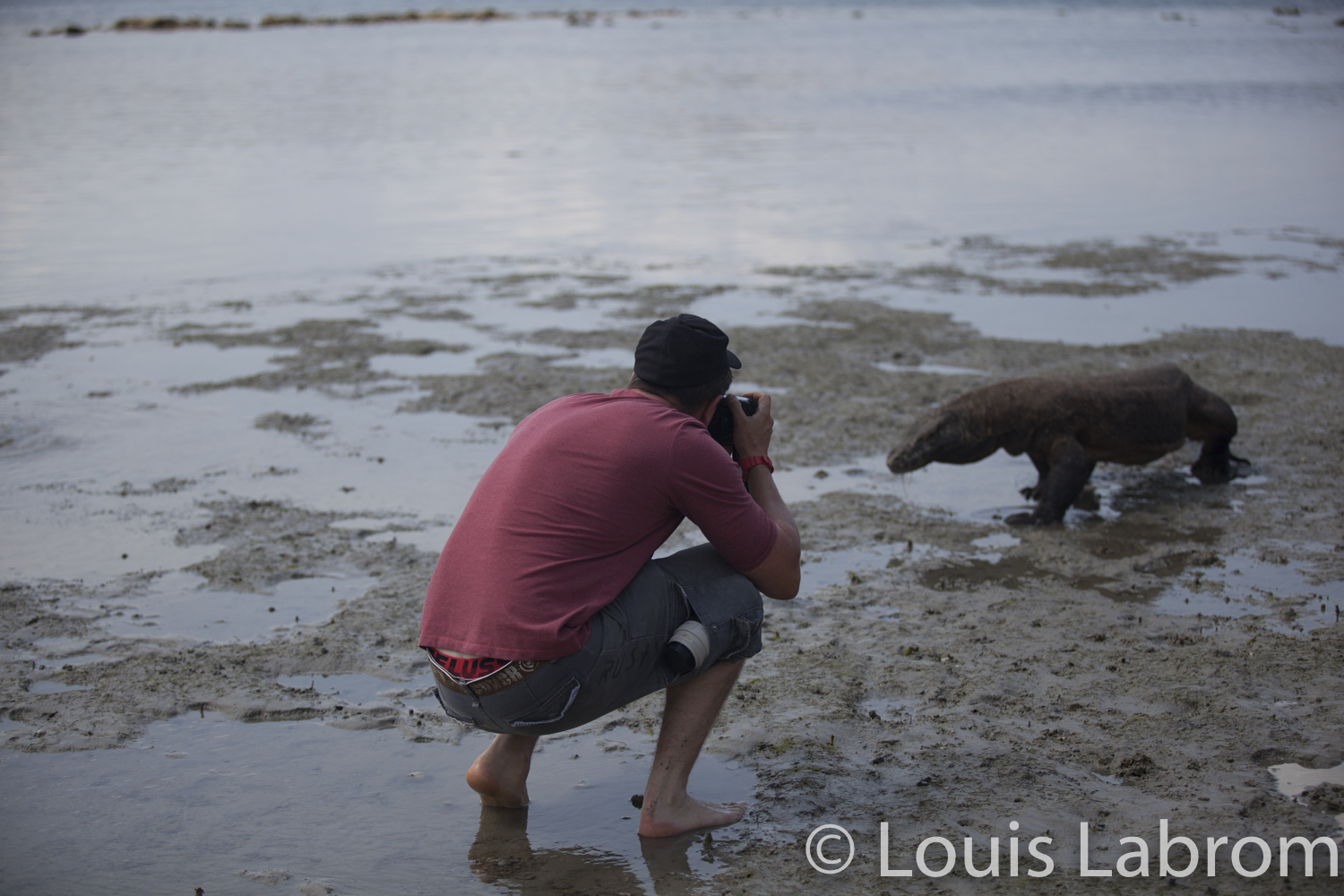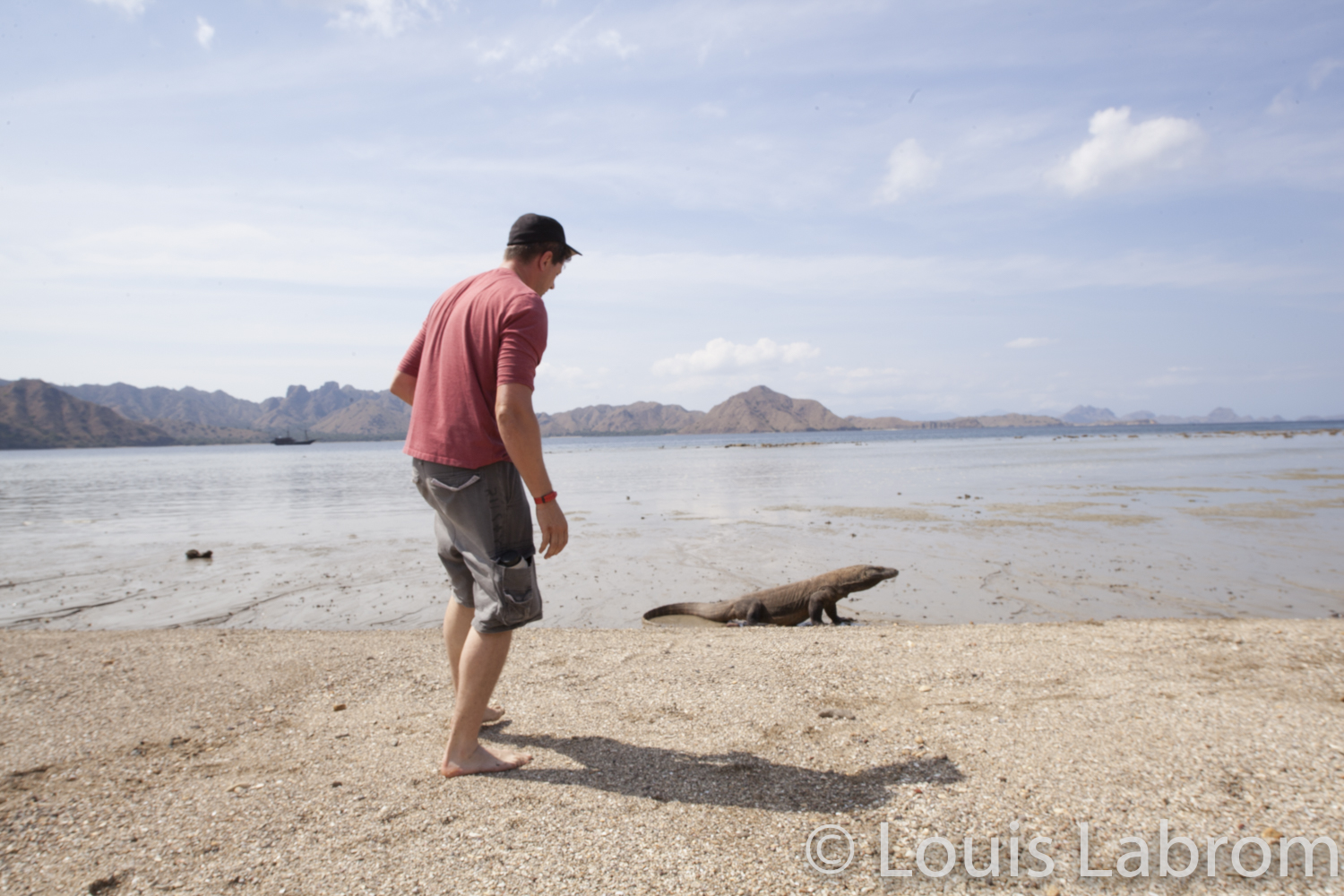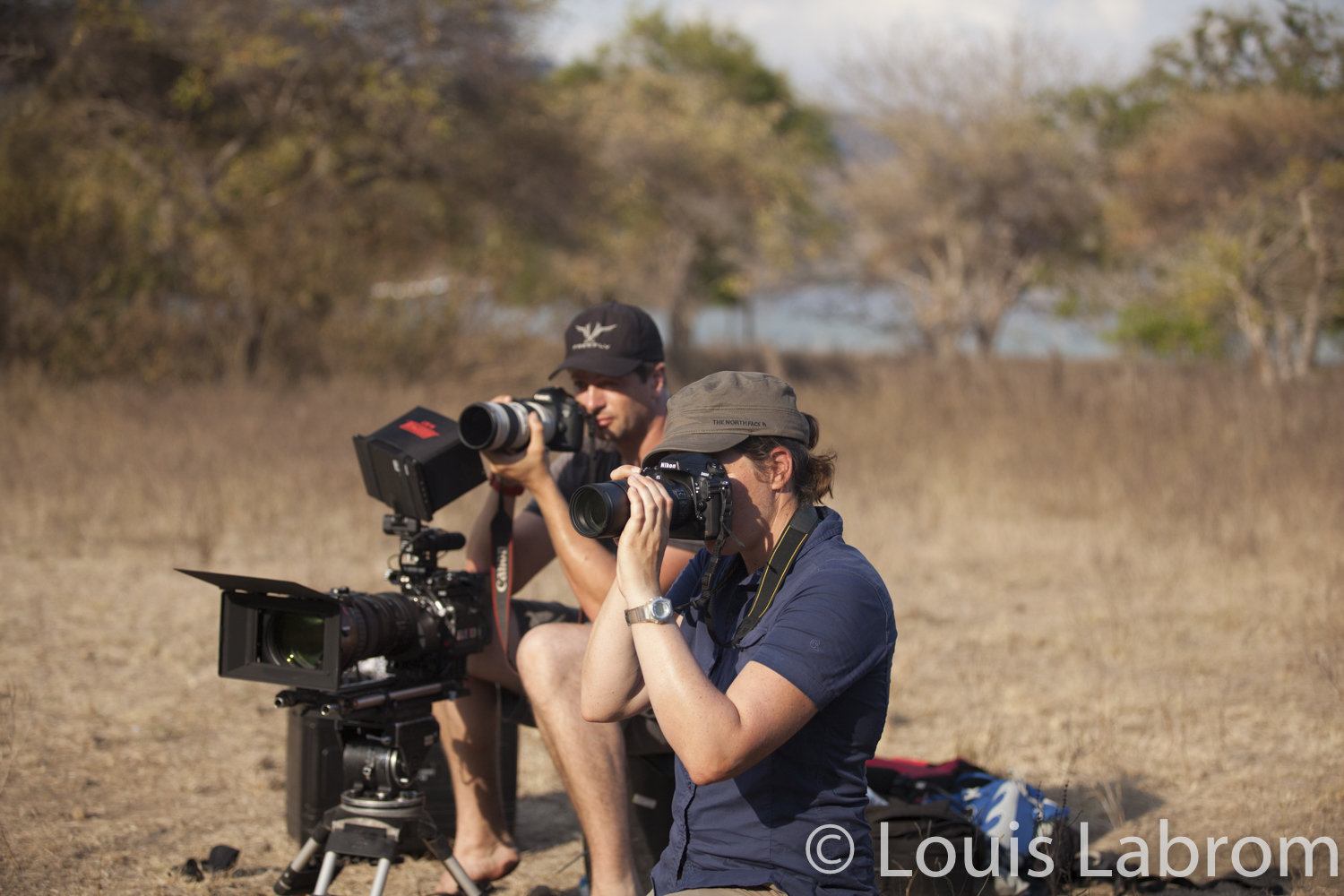I was fortunate to be nominated to attend the Baftas for Cinematography along with John Aitchison and Rob Whitworth, for our work on the fantastic Planet Earth 2 'Cities' program. And am incredibly happy to report that amongst the 4 Cinematography finalists the Cities program Won.
Its a was real honour to get up on stage and receive a Bafta, a true career Highlight. There were many very talented Cinematographers involved with the program, and it was beautifully produced by Fredi Devas and Edited by David Pearce.
Me on the Left with Rob Whitworth and John Aitchison April 2017.
















